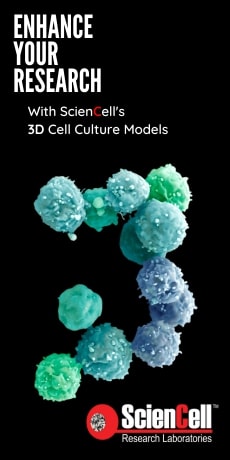Monthly Archives: July 2019
-
- July 23, 2019
Traditional 2D cultures have been used widely over the past decades to study cell biology, molecular biology and conduct translation research such as drug discovery. Cells in 2D culture, however, are forced to adopt a planar morphology and maintain cellular interactions only in lateral directions, altering gene transcription, protein translation, and functional phenotypes. As a result, there is a shift towards using 3D in vitro models in the last several years as cell morphology and physiology more closely represent cells in vivo.
There are 2 main types of 3D culture systems known as scaffold-based and scaffold-free. In Table 1 below, the advantages and disadvantages of the different 3D cell culture techniques are listed to help researchers determine the most appropriate 3D culture method for their research.
Table 1: Advantages and Disadvantages of Different 3D Cell Culture Techniques.
Due to their novelties and complexities, 3D cell culture technologies may be daunting to some researchers.

